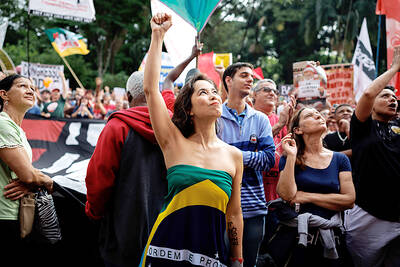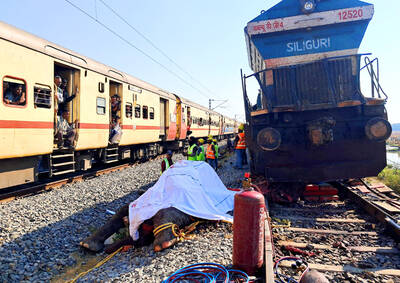Vietnamese “state-aligned” hackers are targeting foreign automotive companies in attacks that appear to support the nation’s vehicle manufacturing goals, cybersecurity provider FireEye said.
FireEye, which designated the group as APT32 and dates its activities to 2014, said that the attacks accelerated early last month.
The hacking targeted companies in Southeast Asia and “the broader areas surrounding Vietnam,” FireEye senior manager Nick Carr said.
“Beginning in February, we see this large uptick based on our product and services visibility showing us a lot of activity targeting the automotive industry,” Carr said. “It is likely to support the Vietnamese government’s publicly stated domestic manufacturing goals for automobiles.”
The Vietnamese Ministry of Foreign Affairs did not immediately respond to an e-mailed request for comment.
After FireEye published a report detailing the Vietnamese-linked group’s activities in 2017, ministry spokeswoman Le Thi Thu Hang said that the government does not allow any form of cyberattacks against individuals or organizations.
The recent attacks do not appear to be aimed at acquiring intellectual property; rather, they seem to be looking for corporate operational information, Carr said.
“There are other ways to gain a competitive advantage,” he added.
The group has targeted security, technology infrastructure and consultancy companies, and been a threat to political activists, FireEye said in its 2017 report.
While attackers from China, Iran, Russia and North Korea remain the most active cyberespionage threats tracked by FireEye, groups such as APT32 represent a growing number of new countries involved in such activities, Carr said.
The attackers from Vietnam use phishing techniques — sending e-mails to induce recipients to reveal compromising information — and Web sites infected with malware, he said.
“They are very successful,” Carr said. “They are very creative.”

The Burmese junta has said that detained former leader Aung San Suu Kyi is “in good health,” a day after her son said he has received little information about the 80-year-old’s condition and fears she could die without him knowing. In an interview in Tokyo earlier this week, Kim Aris said he had not heard from his mother in years and believes she is being held incommunicado in the capital, Naypyidaw. Aung San Suu Kyi, a Nobel Peace Prize laureate, was detained after a 2021 military coup that ousted her elected civilian government and sparked a civil war. She is serving a

‘NO AMNESTY’: Tens of thousands of people joined the rally against a bill that would slash the former president’s prison term; President Lula has said he would veto the bill Tens of thousands of Brazilians on Sunday demonstrated against a bill that advanced in Congress this week that would reduce the time former president Jair Bolsonaro spends behind bars following his sentence of more than 27 years for attempting a coup. Protests took place in the capital, Brasilia, and in other major cities across the nation, including Sao Paulo, Florianopolis, Salvador and Recife. On Copacabana’s boardwalk in Rio de Janeiro, crowds composed of left-wing voters chanted “No amnesty” and “Out with Hugo Motta,” a reference to the speaker of the lower house, which approved the bill on Wednesday last week. It is

Seven wild Asiatic elephants were killed and a calf was injured when a high-speed passenger train collided with a herd crossing the tracks in India’s northeastern state of Assam early yesterday, local authorities said. The train driver spotted the herd of about 100 elephants and used the emergency brakes, but the train still hit some of the animals, Indian Railways spokesman Kapinjal Kishore Sharma told reporters. Five train coaches and the engine derailed following the impact, but there were no human casualties, Sharma said. Veterinarians carried out autopsies on the dead elephants, which were to be buried later in the day. The accident site

‘EAST SHIELD’: State-run Belma said it would produce up to 6 million mines to lay along Poland’s 800km eastern border, and sell excess to nations bordering Russia and Belarus Poland has decided to start producing anti-personnel mines for the first time since the Cold War, and plans to deploy them along its eastern border and might export them to Ukraine, the deputy defense minister said. Joining a broader regional shift that has seen almost all European countries bordering Russia, with the exception of Norway, announce plans to quit the global treaty banning such weapons, Poland wants to use anti-personnel mines to beef up its borders with Belarus and Russia. “We are interested in large quantities as soon as possible,” Deputy Minister of National Defense Pawel Zalewski said. The mines would be part